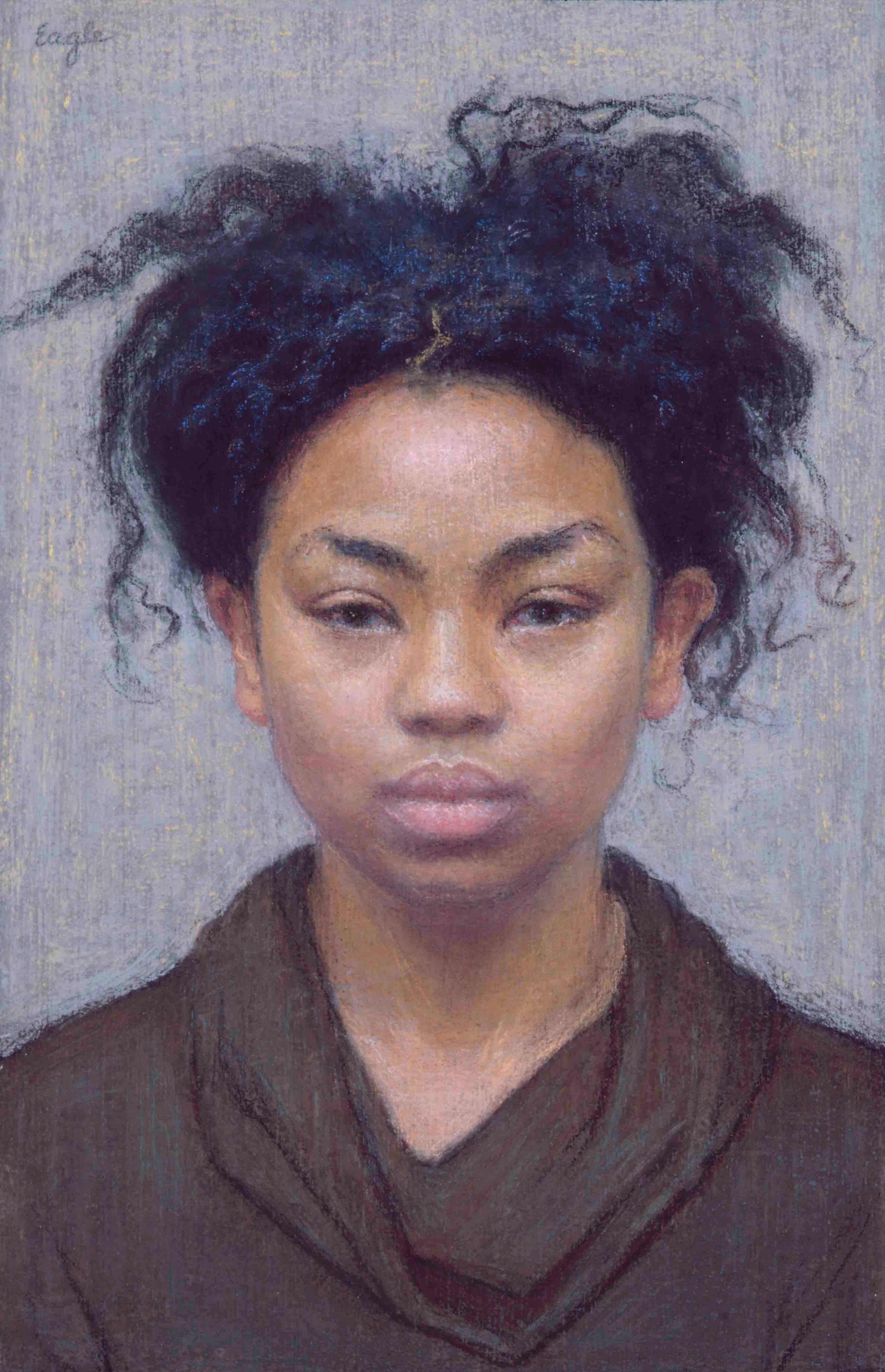Visiting Artist Workshop: Seeing & Expressing Our Model’s Color in Pastel
This class has already started. Please call to register.
Pastel is widely known as a favorite medium of 19th century Impressionist plein air painters. Only a few of us today are aware that pastel was embraced by portrait painters as far back as the 15th century. Pastel is the perfect medium with which to capture the radiance of our models flesh tones. Please join me in exploring pastels brilliance as we engage in the intense color analysis of flesh and light. We will have one model in a single pose for five days. You may work on one, or, space permitting, several portraits during the course of the week. I will offer a demonstration to assist in the initial blocking in of a portrait. I then work one-on-one with each student. We will conclude the week with a talk and slide show. The provided images reveal the extraordinary range of pastel application methods that artists have created throughout history.
Student Supply List:
- PASTELS Because we never know what colors we will see in our subjects; it is important to have available for our use as many colors as possible. A large set of pastels can be financially daunting, but a set is a one-time purchase: each stick has a very long life, and the replacement of even frequently used individual sticks is necessary only on occasion.
- REMBRANDT SOFT PASTELS: I recommend the largest set of REMBRANDT soft pastels that you can afford. (The largest set contains 225 sticks; the 150-stick set is also excellent.) If you choose to begin with a smaller set, it is advisable to supplement it with some individual Rembrandt sticks, so that your total selection includes at least a few shades of the widest range of colors possible.
- NU PASTELS: It is important to have Nupastels, the largest set you can afford. (The largest set contains 96 sticks.)
- PAPER Of the pastel papers, I like Canson for the weight and texture. Canson makes a Steel Grey and a Felt Grey, which are both good neutrals. Bring about 5 sheets. The paper measures slightly larger than 19″ x 25″. Art Spectrum Gray is also a nice paper but has a bit more texture than Canson. Some artists, myself included, prefer a smoother surface.
- Two pieces of white foam core board, same size or slightly larger than your paper. One will be your back board; one will be an overnight cover.
- X-acto knife or mat cutter
- ruler and straight-edge to cut your paper and backboard down to size, if you wish to work smaller than the paper and board are manufactured.
- Four clips, such as bulldog (approximately 3″ size), or the long, slide-on type
- Charcoal, hard and soft
- Charcoal sandpaper block
- Razor blades, single edge
- Paper towels
- Small drawing pad for thumbnail pencil sketches (I like Strathmore 400 series)
- Any pencils you like to use. I like Faber Castell. Bring a few, from B to 8B
- Kneaded eraser
- Hand-held mirror
